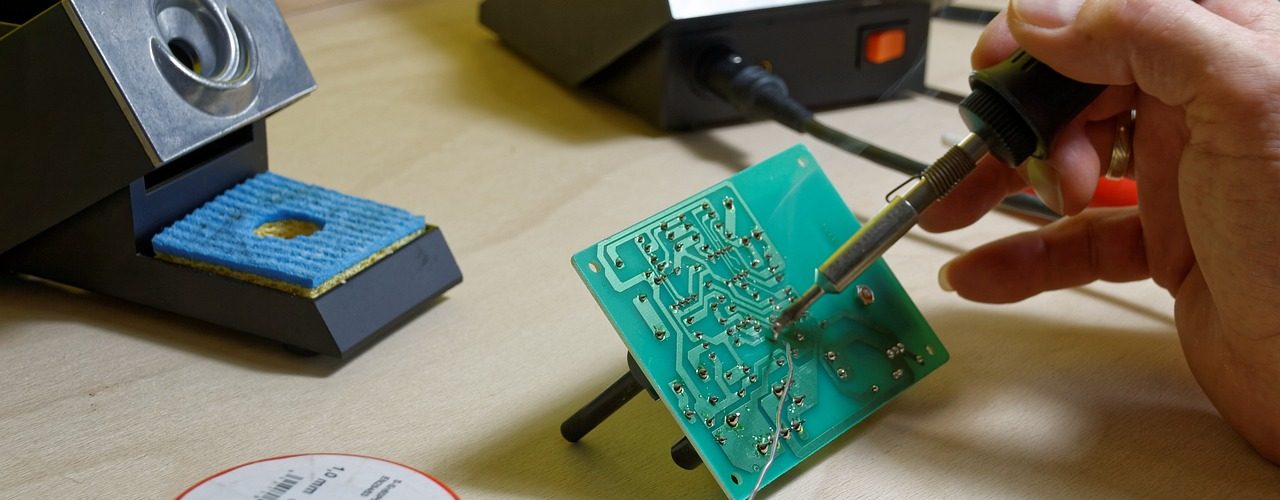Tackling home electrical projects can be a rewarding way to improve your home’s functionality, but working with electricity comes with significant risks. While many homeowners are comfortable with basic electrical work, safety must always be the top priority. If you’re considering DIY electrical projects, here are some essential tips that go beyond the basics, focusing on new strategies to keep your work safe and your home well-protected.
Use Weatherproof Boxes for Outdoor Projects
If you’re working on outdoor electrical projects, such as installing garden lights, outdoor outlets, or pool equipment, always use weatherproof electrical boxes and components. Regular indoor outlets and boxes are not designed to withstand moisture, rain, or extreme temperature changes, which can lead to short circuits and potentially cause fires or electric shocks. Ensure that all outdoor outlets are also covered by ground fault circuit interrupters (GFCIs) to provide added protection from water hazards.
Avoid Working in Damp or Wet Conditions
Electrical projects should never be attempted in damp or wet conditions, especially if you’re working outside or in areas like the bathroom or kitchen. Moisture significantly increases the risk of electric shock. If you must work in these environments, make sure everything is completely dry, and always wear rubber-soled shoes to provide additional insulation against electrical currents. For outdoor projects, wait for a clear, dry day, and avoid working near any water sources to keep yourself safe.
Double-Check Wire Lengths
One often overlooked aspect of safe electrical work is ensuring that wires are cut to the correct length. Wires that are too short can create tension at the connection points, leading to loose wires or fraying insulation over time, which can cause arcing or short circuits. On the other hand, wires that are excessively long can result in a tangled mess within electrical boxes, increasing the chance of overheating. Always leave just enough slack for easy connections but not so much that it causes overcrowding in junction boxes. You can find the perfect wire length at Powerpoint Electrics.
Use Insulated Tools
When working with electricity, always use insulated tools that are specifically designed for electrical work. Regular tools conduct electricity, which can lead to dangerous shocks. Insulated tools, on the other hand, provide an extra layer of protection against accidental contact with live wires. These tools are commonly available for screwdrivers, pliers, and wire strippers and are worth the investment for anyone doing electrical work, even on small projects.
Respect the Power of the Main Electrical Panel
Your home’s electrical panel is the central hub that controls the distribution of power to every circuit in your home. While many DIYers may be comfortable working on individual outlets or switches, working directly on the panel can be dangerous and should only be done with caution. If you’re not experienced with electrical work, it’s safer to leave panel upgrades, repairs, or new circuit installations to a licensed electrician. Always turn off the main breaker before doing any work inside the panel, and never work on the live side of the panel, even with insulated tools.
Label Everything During the Project
Keeping your work organized is a key factor in maintaining safety during electrical projects. Use labels or markers to clearly identify wires, especially when working with multiple circuits or connections. Mislabeling or forgetting which wire connects where can lead to dangerous mistakes later. Additionally, when adding new circuits or replacing components in your breaker panel, always label them accurately for future reference. Clear labeling makes it easier to troubleshoot issues and ensures that others in your household know which breaker controls which part of the home.
Invest in a Surge Protector for the Whole House
Electrical surges caused by lightning, downed power lines, or even large appliances can wreak havoc on your home’s electrical system and electronics. While many people use individual surge protectors for sensitive devices like computers, installing a whole-house surge protector at the electrical panel provides much broader protection. This device helps absorb excess voltage from surges before it reaches your outlets, minimizing the risk of damaging your appliances and electronics.
Know How to Handle Electrical Emergencies
Even with the best precautions, accidents can happen. Knowing how to handle electrical emergencies is critical for protecting yourself and your home. If someone is shocked, do not touch them directly. Instead, turn off the power at the circuit breaker and use a non-conductive object (like wood or plastic) to separate them from the electrical source. If an electrical fire breaks out, never use water to extinguish it, as this can worsen the situation. Use a fire extinguisher rated for electrical fires, and if in doubt, evacuate the house and call the fire department.
To Wrap Up
Electrical projects can be fulfilling and cost-effective, but safety should always come first. By following these tips, using the right tools, and respecting the dangers electricity poses, you can minimize the risks and ensure your home’s electrical system is upgraded safely and effectively. If you’re ever unsure about a project, don’t hesitate to call in a licensed electrician.





